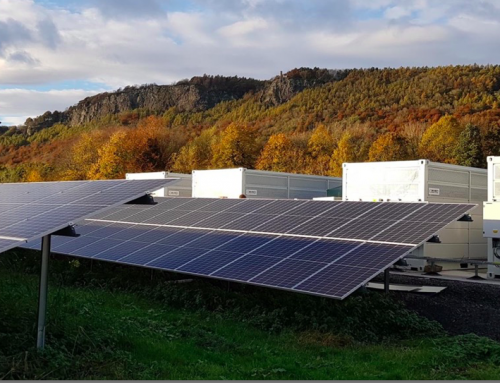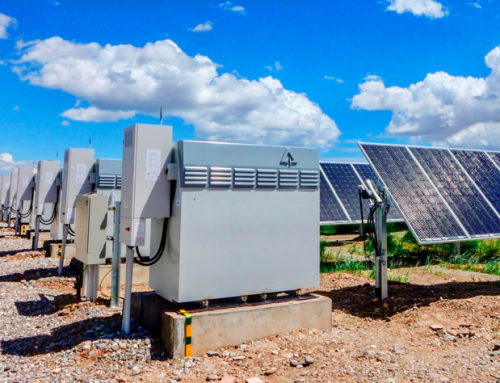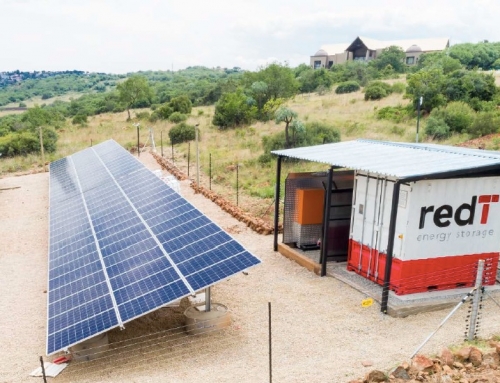On 1 July 2019 RedT, the provider of flow batteries, announced its plan to merge with Avalon Battery Corporation, a private California-based supplier of flow batteries with engineering facilities in Vancouver and a manufacturing plant in Suzhou. Following AIM rules, trading was suspended at a price of 1.07pence.
The merger is in fact a reverse takeover of RedT by Avalon. Both supply vanadium redox flow batteries but the relative strengths of the two companies is not obvious. For 2018 RedT reported revenue of £2.5million (2017: £0.7m) with an operating loss of £12.3m (2017: £7.6m), and had announced that it was looking for strategic partners to support the business. Although revenue for the first half of 2019 was down (as it had been for the first halves of previous years) the company has always insisted that the potential pipeline of opportunities was large, valuing it at £203m after assigning a probability of success to each project.
Avalon, which was founded in 2013, gives no details of revenue or size. However the merger will be implemented by the acquisition of Avalon with a number of RedT shares at a price of 1.65p making it worth $37.5m (£30m). RedT’s market capitalisation at that price would be £15.8. The CEO of the merged company will be Larry Zulch from Avalon with Neil O’Brien from RedT remaining as chairman.

www.redtenergy.com
The July announcement stated that the merged company would raise £24m as part of the merger. On 1 Nov it was announced that US$5m had been raised so that the two companies can continue operations until the merger is completed. Interestingly, this loan is provided by Bushveld Minerals Limited (BMN), whose subsidiary Bushveld Vanadium is a large miner of vanadium ore in South Africa.
Bushveld had already announced its intention of expanding beyond simply mining vanadium to become involved with all the steps up to the completed flow battery (December 2018). Its loan to RedT can be converted into shares in the merged company at a maximum price of 1.65p, thus giving BMN a significant interest. It also has a right of first refusal to supply vanadium products for two years and the option to nominate a member of the board subject to various conditions.
The merger should, if finalised, strengthen the vanadium redox flow battery business. There remains a concern as to why these batteries have not taken off more as a means of electricity storage on or off grid. Compared to lithium-ion they are safer, more long-lasting and, because their energy and power are independent, can be more easily expanded to give larger and longer storage. Their up-front cost may be higher and their efficiency slightly less, but the lifetime levelized cost of storage is lower.
Lithium-ion batteries certainly get all the attention due to their role in cars and phones. Rightly and wrongly users may feel they can be trusted more. Too often even serious news media assume that storage can be handled by making more lithium-ion batteries, without realising that they become impractically large and expensive for storage of more than a few hours. Flow batteries can be the solution for storage of hours or days, such as will be needed by solar and wind producers to provide a steady electricity supply.
A project called Energy Superhub Oxford will use a combination of lithium-ion and flow batteries to demonstrate how the strengths of both can be combined to support and smooth out the demands from 100 EV chargers and, eventually, 300 heat pumps. Hopefully this and other initiatives will provide the proof that RedT needs to make its business successful.





